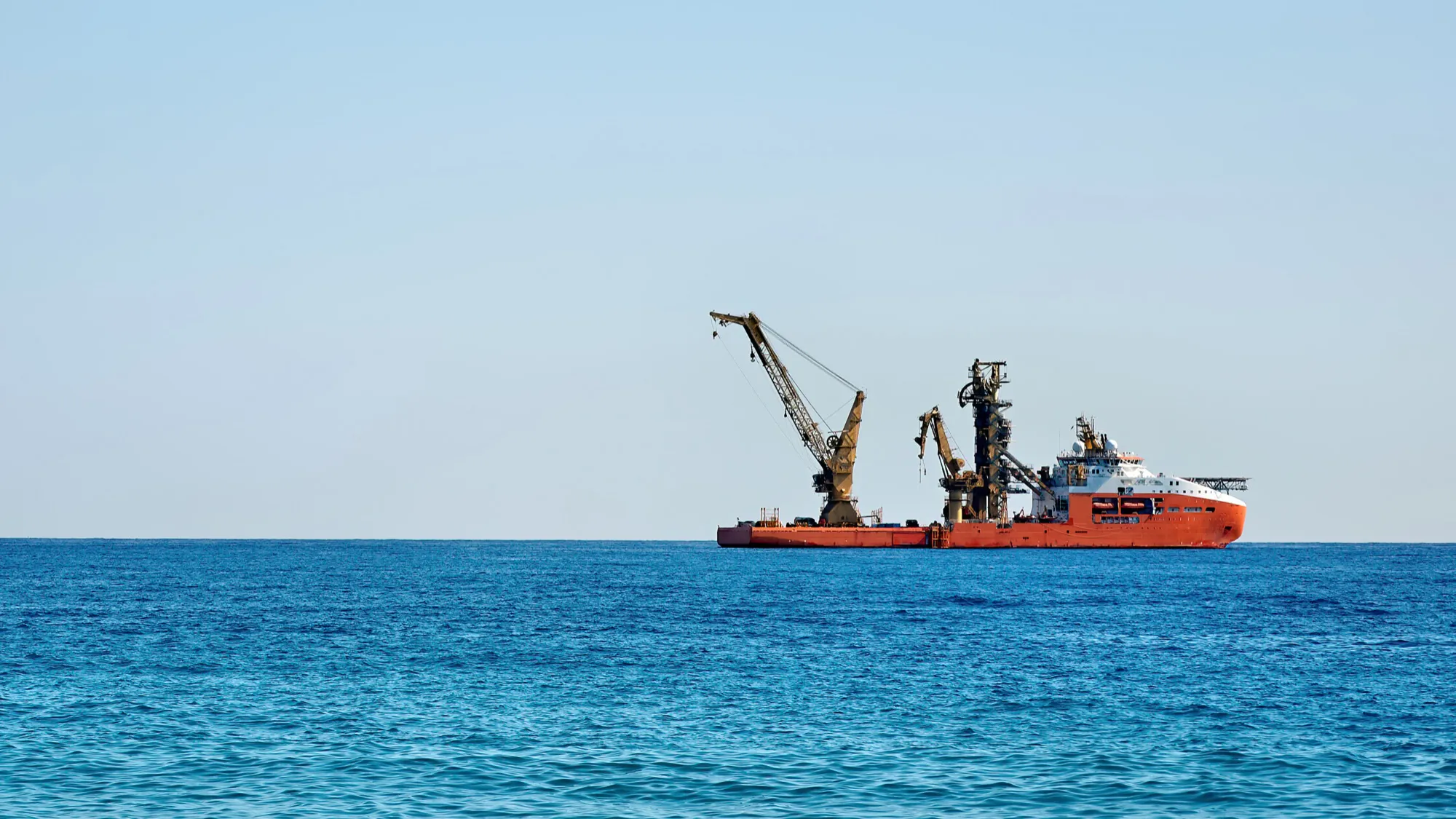A Dive into the Diversity of Deep-Sea Life and the Implications for Seabed Mining
In the heart of the Pacific Ocean’s vast expanse, far from the bustling life above the waves, lie the unexplored depths of the largest oceanic desert in the world. Amidst this seemingly barren expanse, a team of researchers from the Muséum National d’Histoire Naturelle (MNHN) in Paris has unearthed a treasure trove of biodiversity resting on the ocean floor. Their findings, published in Scientific Reports, shed light on the deep-sea benthic communities of the Exclusive Economic Zone (EEZ) of French Polynesia, revealing a world structured by the presence of polymetallic crusts.
The research team, comprising Juliette Delavenne, Louise Keszler, Magalie Castelin, Pierre Lozouet, Philippe Maestrati, and Sarah Samadi, embarked on three deep-sea cruises, meticulously collecting specimens now housed in the corridors of the MNHN. Their quest led them to inventory a staggering 471 species of invertebrates, of which 169 were never before described. The assemblage, predominantly consisting of Mollusca, Crustacea, Brachiopoda, and Crinoidea, also includes taxa that remain a mystery, cloaked in anonymity within the museum’s collection.
This incomplete but eye-opening inventory demonstrates that the deep waters of French Polynesia are a safe harbor for unique benthic communities and a myriad of endemic species. The research team applied diversity and multivariate analyses to their findings, uncovering that deep-sea benthic communities are not random assemblages but are intricately structured by a confluence of factors such as depth, habitats, geography, and notably, the presence of polymetallic crusts. These crusts, rich in metals, play a pivotal role in shaping the ecosystems of seamounts and island slopes alike.
One of the study’s striking revelations was the considerable variation in mollusc shell size across different deep-sea habitats. On encrusted seamounts, where the polymetallic crusts are prevalent, shells tended to be smaller than those found on island slopes. This size disparity offers a glimpse into the delicate adaptations of deep-sea life to its environment and adds a call for caution as humanity advances towards exploiting these remote, rich-in-resources frontiers for mining.
The research brings to the fore the inherent vulnerability of these habitats, characterized by low abundance, rarity, and endemism—traits that make them susceptible to disturbances. These ecosystems, long neglected due to their inaccessibility, are now center stage as the prospect of deep-sea mining looms, propelled by the ever-growing demand for rare-earth metals and minerals crucial for high-tech industries. The findings of Delavenne and her colleagues warrant the utmost consideration, as the ecological impacts of extracting precious metals from the seafloor could be profound and irreversible.
As the international community grapples with the dichotomy between conservation and resource utilization, studies such as this serve as a crucial knowledge base for evidence-based policymaking. The authors of the study underline the importance of integrating these ecological insights into the ongoing discourse and regulatory frameworks. Valuing biodiversity and safeguarding the environmental integrity of these dark recesses of the ocean should be paramount.
The DOI of this pivotal study is 10.1038/s41598-019-43325-0, and it marks a significant milestone in our understanding of deep-sea ecosystems.
References
1. Fernandez-Arcaya, U., et al. (2017). Ecological Role of Submarine Canyons and Need for Canyon Conservation: A Review. Front. Mar. Sci., 4, 1–26. doi: 10.3389/fmars.2017.00005.
2. Cordes, E. E., & Levin, L. A. (2018). Exploration before exploitation. Science, 359, 719. doi: 10.1126/science.aat2637.
3. Gollner, S., et al. (2017). Resilience of benthic deep-sea fauna to mining activities. Mar. Environ. Res., 129, 76–101. doi: 10.1016/j.marenvres.2017.04.010.
4. Kato, Y., et al. (2011). Deep-sea mud in the Pacific Ocean as a potential resource for rare-earth elements. Nat. Geosci., 4, 535–539. doi: 10.1038/ngeo1185.
5. Boschen, R. E., Rowden, A. A., Clark, M. R., & Gardner, J. P. A. (2013). Mining of deep-sea seafloor massive sulfides: A review of the deposits, their benthic communities, impacts from mining, regulatory frameworks, and management strategies. Ocean Coast. Manag., 84, 54–67. doi: 10.1016/j.ocecoaman.2013.07.005.
Keywords
1. Deep-Sea Biodiversity
2. Polymetallic Crusts Ocean
3. French Polynesia Marine Life
4. Seamount Ecosystems
5. Deep-Sea Mining Impacts
This comprehensive article not only shares the discoveries of the MNHN team but also brings into focus the environmental conversations relevant to our time. It adds a scientific branch to the discussion on the sustainable management of ocean resources, with deep-sea biodiversity conservation at its core. As the world looks to the ocean’s depths for answers to technological advancement, it must tread lightly, acknowledging the complex and delicate tapestry of life these researchers have only just begun to unravel.
